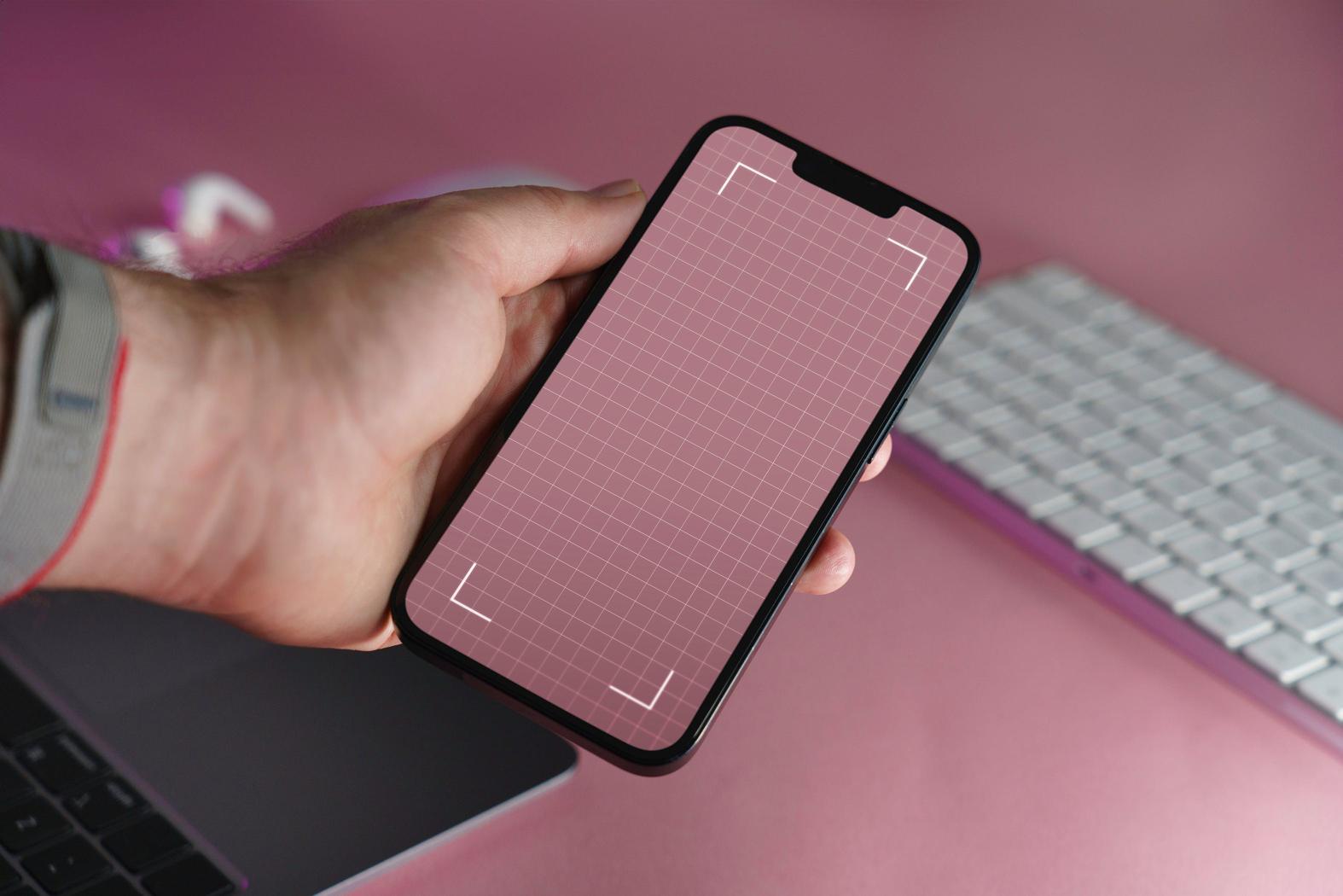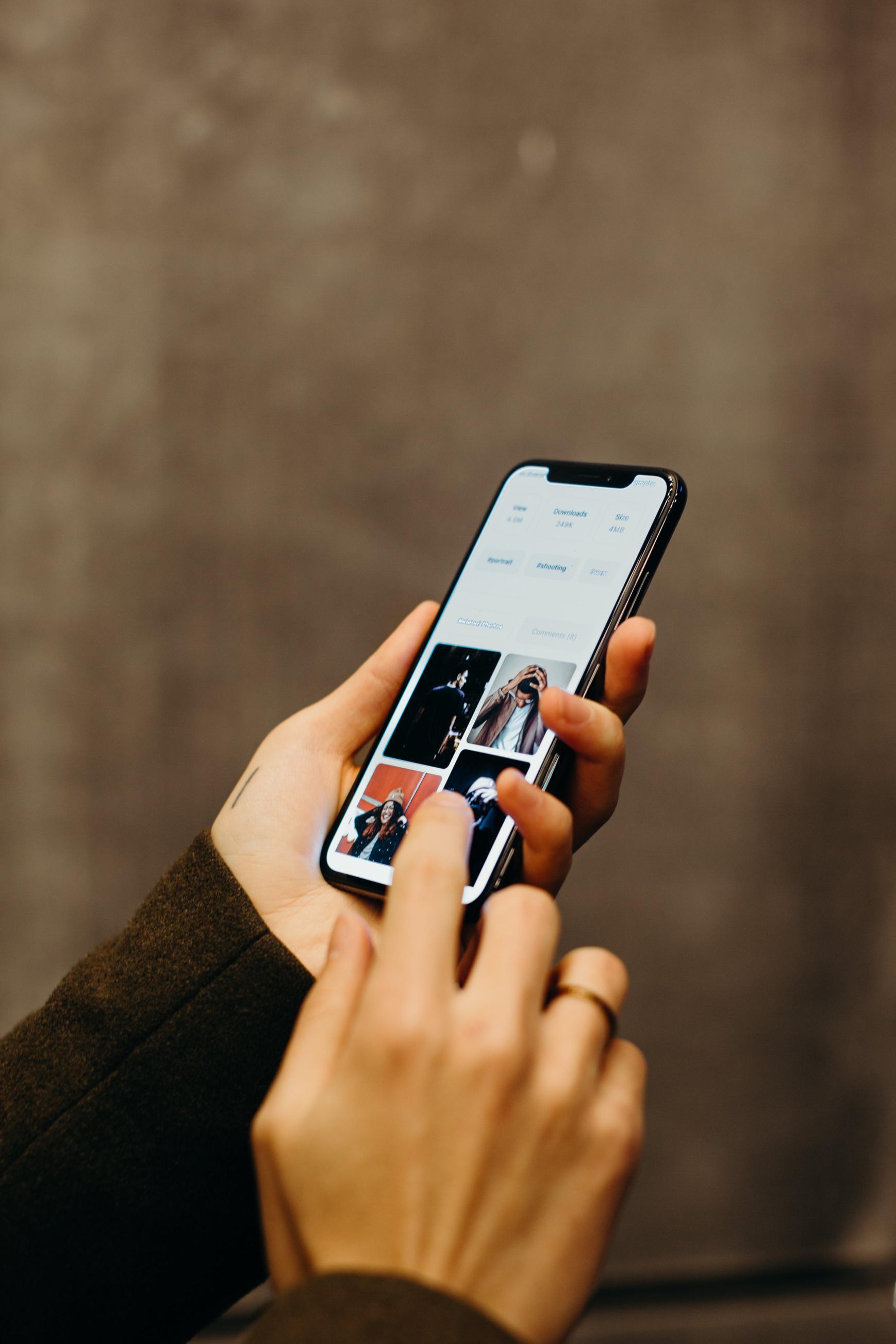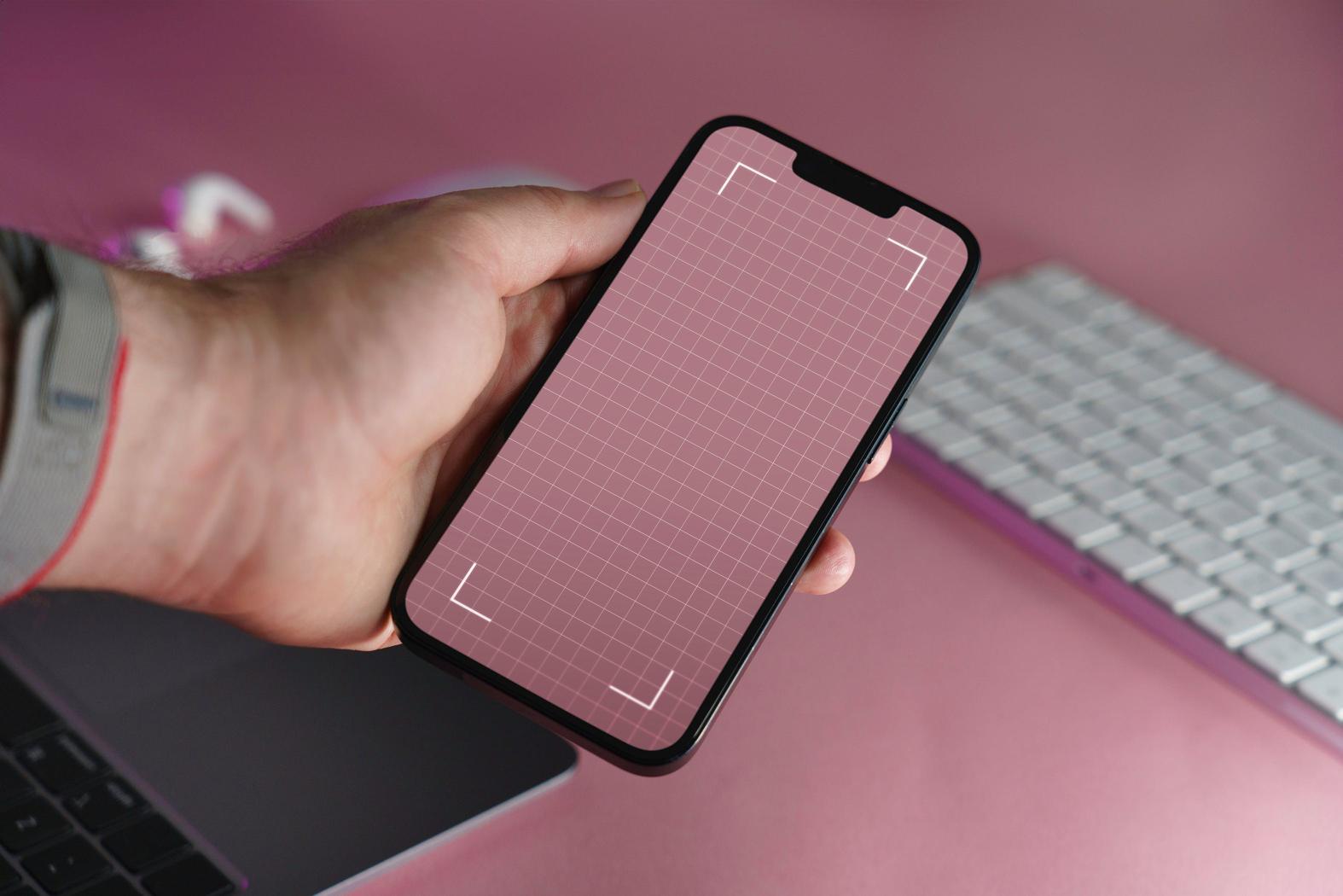Welcome to our insightful journey into the world of digital design, where we place a spotlight on the critical intersection of Accessibility and UX Design. In a world increasingly driven by technology, ensuring that digital products are not only user-friendly but also accessible to all is not just a trend—it’s an ethical imperative.
This blog post is dedicated to exploring the nuances of crafting experiences that cater to a diverse audience, including those with disabilities. By delving into the principles that make for inclusive design, we aim to provide you with the knowledge to create more accessible and engaging user experiences. Join us as we unravel the best practices that bridge the gap between accessibility and exceptional UX design.
Understanding the importance of accessibility in ux design

Understanding the Importance of Accessibility in UX DesignIn the realm of user experience (UX) design, the drumbeat for accessibility cannot be overstated. Much like a maestro who ensures that every instrument in the orchestra can be heard, the mindful UX designer harmonizes the experience for users of all abilities. Accessibility in UX design is the practice of creating products that provide a seamless and effective experience to users with a wide range of abilities, including those who live with disabilities.
Inherent in this practice is a focus on universal usability that supports an inclusive digital world, resonating with the principle that good design is, in fact, good business. Take, for example, a website that has been meticulously crafted with alt-text for images, providing a rich narrative for users who rely on screen readers.
This seemingly small detail weaves an inclusive thread through the tapestry of UX, allowing visually impaired users to participate in the digital storytelling that the site offers. Similarly, consider the convenience afforded by closed captions on videos, which not only aid individuals with hearing impairments but also serve as a boon for those in sound-sensitive environments or non-native speakers requiring visual reinforcement of spoken . These features epitomize the symbiotic relationship between accessibility and UX design: when accessibility is baked into the design process from the outset, the usability for all users heightens, and the user experience becomes more robust.
Moreover, embracing accessibility in UX design isn’t merely an act of empathy; it’s a strategic move steeped in pragmatism. Legislation such as the Americans with Disabilities Act (ADA) and the Web Content Accessibility Guidelines (WCAG) provides a legal framework that underscores the need for accessible digital content.
A disregard for these standards can lead to legal repercussions, public relations debacles, and missed market opportunities. By prioritizing accessibility, designers and companies not only dodge these pitfalls but also tap into the vast market of users with disabilities—a demographic whose spending power is often overlooked.
Strategically speaking, accessible design ensures that no user is left behind, and no revenue is left on the table. Thus, accessibility is not an optional add-on, but rather an essential component of UX design that can differentiate a good product from a great one. It fosters an environment where every user has the chance to engage fully, reflecting the inclusive ethos of the digital age.
By intertwining accessibility with the fabric of UX design, we craft experiences that resonate more deeply with a broader audience, reflecting the diverse tapestry of human ability.
Best practices for creating accessible user interfaces

Best Practices for Creating Accessible User InterfacesDesigning for accessibility should never be an afterthought in the realm of user experience (UX) design. Rather, it’s a vital ingredient in concocting an interface that’s welcoming to all users – regardless of ability. It’s a bridge that connects a wider audience to the same experience, ensuring that no one is left on the outskirts of the digital landscape.
So, how does one create a realm of digital inclusion? Here are some guidelines to steer your UX design toward the zenith of accessibility.
Firstly, consider color and contrast – they are the yin and yang of visibility for your users. A palette that’s not only aesthetically pleasing but also functional for those with color vision deficiency is crucial.
Employing sufficient contrast ratios guarantees that text stands out against its background, making it legible for users with visual impairments. Tools like the Web Content Accessibility Guidelines (WCAG) provide contrast ratio benchmarks that you should aim to meet or exceed. Second, transcend by harnessing the power of semantics in your design.
This means leveraging HTML elements as they were intended – using buttons for actions, and headings to structure content hierarchically. Not only does this help users who rely on screen readers to understand the layout, but it also makes your content comprehensible to search engines. Meanwhile, alternative text for images, closed captions for videos, and transcripts for audio content ensure that those with sensory impairments aren’t left in the dark (or silence, as it were).
Lastly, spare a thought for those navigating your interface with more than just a mouse. Keyboard navigability is a cornerstone of an accessible UI.
Every interactive element should be reachable using keyboard commands, which means paying close attention to tab orders and bypassing potential keyboard traps that could ensnare users. Furthermore, enriching your interface with ARIA (Accessible Rich Internet Applications) roles can provide context to assistive technologies, offering a beacon for users sailing through a sea of content. In the grand tapestry of UX design, accessibility is the thread that weaves inclusivity into the digital experience. By coloring your design with bold contrasts, articulating your intentions with clear semantics, and ensuring that navigation is a breeze regardless of the tools at hand, you design a user interface that opens its arms wide to the diverse spectrum of human capability. It’s no small task, but it’s undoubtedly a rewarding one – just ask any user who’s had their barriers to access dismantled. Welcome to the world of design without borders; it’s a beautiful place to create.
The role of assistive technologies in enhancing ux accessibility

The Role of Assistive Technologies in Enhancing UX AccessibilityIn the grand tapestry of modern web design, the thread of accessibility is not just a feature but a foundational element. It’s the compass that guides the user experience (UX), ensuring that digital landscapes are navigable for all, regardless of ability.
And here, assistive technologies play a pivotal role, serving as the conduits through which a diverse audience can enjoy seamless interaction with digital content. Think of them not as mere tools but as loyal companions, ushering users through a world designed with inclusivity in mind. Assistive technologies, such as screen readers, speech recognition software, and alternative input devices, are the unseen heroes in the epic tale of accessibility and UX design.
These tools deliver an invisible but tangible layer of empowerment, granting users with disabilities the magic wand to engage with digital services and content. Consider the screen reader: as it whispers the secrets hidden in lines of code, suddenly, the world wide web becomes a soundscape to be navigated by ear.
For the visually impaired, this translates into an experience that’s as rich and vivid as the one visual users have with their eyes. But the spectrum of aid is wide and colorful. Alternative keyboards that cater to motor impairments, eye-tracking systems that follow the gaze of those who cannot use their hands, and even simple captioning for the hard of hearing are just a few examples of the myriad ways that UX design can embrace accessibility.
These technologies are not just sidekicks; they are change-makers, elevating the standard of what it means to create an inclusive digital space. Designers who bake accessibility into their UX recipe from the get-go serve up a more delectable experience for everyone.
After all, in a world where access to information is as crucial as the air we breathe, ensuring that everyone can partake is not just good design — it’s good humanity.
Legal and ethical considerations in accessibility and ux design
Accessibility and UX design are not just components of good craftsmanship in the digital realm; they also inhabit the intersection of legality and morality. At its core, accessibility ensures that digital products are usable by people with a wide range of abilities, including those with disabilities. This principle is not merely a suggestion; it’s enshrined in various laws and standards, such as the Americans with Disabilities Act (ADA), and the Web Content Accessibility Guidelines (WCAG), shaping the digital landscape to be inclusive for all.
Ethical considerations, on the other hand, challenge designers to go beyond mere compliance, prompting questions of fairness, inclusivity, and social responsibility. For instance, imagine navigating a website that is a key resource for employment, yet it lacks proper alt-text descriptions for images.
This oversight could pose significant hurdles for visually impaired users who rely on screen readers. Such a failure not only flouts legal standards like Section 508 of the Rehabilitation Act but also constitutes an ethical lapse by denying equal access to information.
Furthermore, considering the aging population and the growing reliance on digital technology, it is both legally prudent and ethically sound to proactively weave accessibility into the user experience from the ground-up, rather than retrofitting solutions after the fact. On the flip side, when designers prioritize accessibility, they often unintentionally unlock a trove of UX benefits. Captioning videos, for example, not only aids hearing-impaired users but also serves as a boon for those in loud environments or non-native speakers.
This phenomenon, known as the „curb-cut effect,” illustrates how designing for accessibility can have widespread advantages, reinforcing that inclusive design is not simply a niche requirement but a holistic approach to improved user experience. In sum, embracing accessibility adequately prepares a venture for diverse user interaction, demonstrates social responsibility, and ensures compliance with legal frameworks, making it clear that good UX design isn’t just about aesthetics or function—it’s about conscientious, inclusive experiences for everyone.
Case studies: successful integration of accessibility in ux design
**Case Studies: Successful Integration of Accessibility in UX Design**The digital landscape is rapidly evolving, and with it, the pressing need to weave accessibility into the tapestry of user experience (UX) design. At the core of inclusive design, accessibility ensures that products cater to the needs of all users, regardless of their abilities or disabilities.
Let’s delve into a treasure trove of case studies that showcase the triumphant intermarriage of accessibility and UX design. Take, for instance, the groundbreaking work done by a leading e-commerce platform. By recognizing that visually impaired users found it challenging to navigate through their shopping experience, the platform incorporated screen reader-friendly elements, alt-text for all images, and keyboard navigation compatibility.
This holistic approach not only opened the digital doors for customers with visual impairments but also streamlined the experience for all users, proving that designing for accessibility can lead to universal improvements in UX design. Another success story is that of a popular social media network that revamped their UX design to support individuals with cognitive disabilities. By simplifying their user interface, reducing cognitive load, and providing clear instructions, they managed to create an environment that fosters seamless interaction for users with cognitive challenges.
This case study is a testament to the fact that when UX designers make a concerted effort to understand the diverse needs of users, a more intuitive and engaging platform can emerge for everyone to enjoy. Companies that embed accessibility into their UX strategy are not only advocates for social inclusion but also reap the benefits of expanded market reach and legal compliance.
It’s no longer an accessory; but a quintessential aspect of user-centric design. Through these case studies, we are reminded that the successful integration of accessibility in UX design is not merely an act of obligation but a celebration of diversity and innovation in the digital era.
Nasza rekomendacja video
Summation
In summary, integrating accessibility into UX design is not just a matter of compliance but a fundamental aspect of creating inclusive and user-friendly digital environments. By prioritizing accessibility, designers ensure that products are usable by everyone, regardless of their abilities, thereby enhancing the overall user experience and extending the reach of digital products to a wider audience.
FAQ
How can UX design principles be applied to create more accessible digital products for users with disabilities?
UX design principles can be applied to create more accessible digital products for users with disabilities by ensuring adherence to the Web Content Accessibility Guidelines (WCAG), which include providing text alternatives for non-text content, designing for keyboard-only navigation, and ensuring sufficient contrast for visual elements. Additionally, involving individuals with disabilities in the design and testing process can lead to a deeper understanding of accessibility needs and the creation of more inclusive products.
What are the most common accessibility issues encountered in web and app design, and how can they be addressed through thoughtful UX?
The most common accessibility issues in web and app design include poor contrast, lack of keyboard navigation, missing alt text for images, and non-descriptive link text. These can be addressed through thoughtful UX by adhering to WCAG guidelines, such as ensuring sufficient color contrast, designing for keyboard-only navigation, providing alt text for all visual content, and using clear, descriptive names for links. Regular accessibility audits and user testing with people who have disabilities can also help identify and resolve these issues.
How does inclusive design benefit all users, not just those with disabilities, and what role does UX play in this?
Inclusive design benefits all users by creating products that are more accessible and easier to use for a diverse range of people, including those with disabilities. This approach often leads to innovations that improve usability for everyone, such as automatic doors that assist not just wheelchair users but also people carrying groceries. UX plays a crucial role in inclusive design by focusing on understanding user needs and behaviors, ensuring that the design of products and services is user-friendly and accommodates a wide spectrum of human diversity, thus enhancing the overall user experience for every individual.
What tools and methods can UX designers use to ensure their products meet accessibility standards such as WCAG (Web Content Accessibility Guidelines)?
UX designers can utilize a variety of tools and methods to ensure their products meet accessibility standards like WCAG. These include automated accessibility testing tools (e.g., axe, WAVE), manual testing with assistive technologies (e.g., screen readers like JAWS or NVDA), and adherence to accessible design principles throughout the design process. Additionally, involving people with disabilities in user testing and keeping up-to-date with the latest guidelines and best practices are crucial for creating inclusive and accessible products.
How can UX designers incorporate feedback from users with disabilities into their design process to improve accessibility?
UX designers can incorporate feedback from users with disabilities by conducting inclusive user testing sessions, where they invite individuals with a range of disabilities to use their products and provide honest feedback. They can also establish ongoing communication channels such as surveys, interviews, and focus groups specifically tailored to users with disabilities. Additionally, designers can collaborate with accessibility consultants and advocacy groups to ensure their designs meet the needs and preferences of users with various impairments. This inclusive approach ensures that accessibility considerations are integrated into the design process from the outset, leading to more universally accessible products.
What are some emerging trends in accessibility and UX design, and how might they shape the future of user-centered design?
Emerging trends in accessibility and UX design include the integration of AI and machine learning to personalize user experiences, the adoption of voice user interfaces to broaden accessibility, and a stronger focus on inclusive design principles to ensure digital products are usable by people with a wide range of abilities. These trends are likely to shape the future of user-centered design by fostering environments that adapt to individual user needs and preferences, creating more intuitive and barrier-free experiences for all users.

